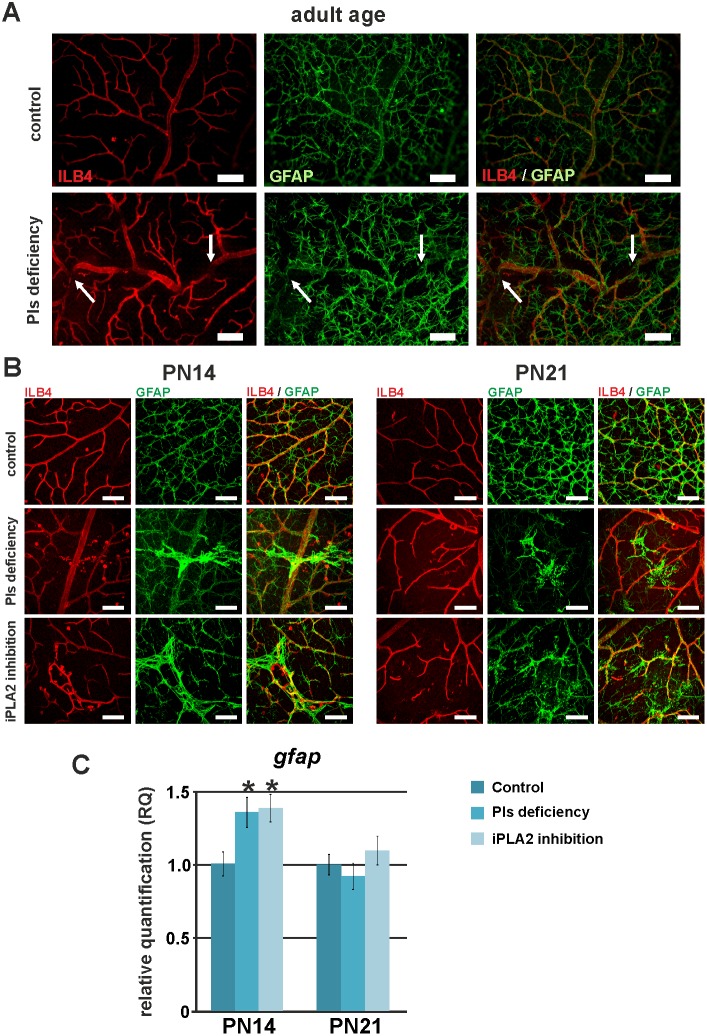Figure 5. Influence of astrocyte template on vessel architecture of adult mice.
A. Fluorescence microscopy pictures of anti-GFAP- (green) and isolectin-B4- (ILB4, red) labelled retinal whole mounts of control and Pls-deficient mice and mice at adult age. ILB4-positive cells (endothelial cells) and GFAP-positive cells (astrocytes) were co-localized, suggesting that vessel tortuosity is a secondary consequence of an abnormal arrangement of the astrocytic bed. B. Confocal microscopy pictures of anti-GFAP- (green, labelling astrocytes) and isolectin-B4- (ILB4, red, labelling endothelial cells) labelled retinal whole mounts of control, Pls-deficient and iPLA2-inhibited mice at PN14 and PN21. The retinal vasculatures of Pls-deficient and iPLA2-inhibited mice were characterized by vascular lesions that co-localized with activated astrocytes. These activated-astrocyte areas were sharply outlined at PN14, whereas they were less immuno-reactive to GFAP and had a fibrous aspect at PN21. C. Relative expression of GFAP, a marker of astroglial activity in control animals, Pls-deficient mice and iPLA2-treated mice examined by RT-qPCR (n = 4–6 per group) at PN14 and PN21. The relative expression of the gfap gene was normalized to gusb, hprt and b2m genes and compared to the control level (set at 1). The expression of the gfap gene was significantly increased in Pls-deficient and iPLA2-treated mice at PN14, suggesting increased astroglial activity at this age. *: Statistically significant difference when compared to control group (Student’s t-test, P<0.05). Scale bar = 75 µm.

